Team:Heidelberg/pages/Sponsoring
From 2014.igem.org
(Difference between revisions)
| Line 15: | Line 15: | ||
<div class="col-lg-5"> | <div class="col-lg-5"> | ||
<div class="col-lg-6 col-lg-offset-3"> | <div class="col-lg-6 col-lg-offset-3"> | ||
| - | <img src="/wiki/images/2/20/Klaus-Tschira-Stiftung_Logo.png" class="img-responsive" alt=" | + | <img src="/wiki/images/2/20/Klaus-Tschira-Stiftung_Logo.png" class="img-responsive" alt="Klaus Tschira Foundation Logo"> |
</div> | </div> | ||
</div> | </div> | ||
| Line 24: | Line 24: | ||
<div class="col-lg-7"><h1>Sponsors from Industry</div> | <div class="col-lg-7"><h1>Sponsors from Industry</div> | ||
<div class="col-lg-5"></div> | <div class="col-lg-5"></div> | ||
| + | </div> | ||
| + | <div class="row"> | ||
| + | <div class="col-lg-7"> | ||
| + | <h4>Eppendorf</h4> | ||
| + | ... | ||
| + | </div> | ||
| + | <div class="col-lg-5"> | ||
| + | <div class="col-lg-6 col-lg-offset-3"> | ||
| + | <img src="/wiki/images/f/f4/Eppendorf-Logo.png" class="img-responsive" alt="Eppendorf Logo"> | ||
| + | </div> | ||
| + | </div> | ||
| + | </div> | ||
| + | <div class="row"> | ||
| + | <div class="col-lg-7"> | ||
| + | <h4>GATC</h4> | ||
| + | ... | ||
| + | </div> | ||
| + | <div class="col-lg-5"> | ||
| + | <div class="col-lg-6 col-lg-offset-3"> | ||
| + | <img src="/wiki/images/9/97/GATC_logo.gif" class="img-responsive" alt="Helmholtz Association Logo"> | ||
| + | </div> | ||
| + | </div> | ||
| + | </div> | ||
| + | <div class="row"> | ||
| + | <div class="col-lg-7"> | ||
| + | <h4>geneious</h4> | ||
| + | ... | ||
| + | </div> | ||
| + | <div class="col-lg-5"> | ||
| + | <div class="col-lg-6 col-lg-offset-3"> | ||
| + | <img src="/wiki/images/6/63/Heidelberg_Geneious_Logo.png" class="img-responsive" alt="Helmholtz Association Logo"> | ||
| + | </div> | ||
| + | </div> | ||
</div> | </div> | ||
| Line 39: | Line 72: | ||
</div> | </div> | ||
</br> | </br> | ||
| + | <div class="row"> | ||
| + | <div class="col-lg-7"> | ||
| + | <h4>Helmholtz Association</h4> | ||
| + | ... | ||
| + | </div> | ||
| + | <div class="col-lg-5"> | ||
| + | <div class="col-lg-6 col-lg-offset-3"> | ||
| + | <img src="/wiki/images/1/17/Helmholtz_logo.jpg" class="img-responsive" alt="Helmholtz Association Logo"> | ||
| + | </div> | ||
| + | </div> | ||
| + | </div> | ||
<div class="row"> | <div class="row"> | ||
| Line 57: | Line 101: | ||
<div class="col-lg-5"> | <div class="col-lg-5"> | ||
<div class="col-lg-6 col-lg-offset-3"> | <div class="col-lg-6 col-lg-offset-3"> | ||
| - | <img src="/wiki/images/0/09/BioQuant_Logo.png" class="img-responsive" alt=" | + | <img src="/wiki/images/0/09/BioQuant_Logo.png" class="img-responsive" alt="BioQuant Logo"> |
</div> | </div> | ||
</div> | </div> | ||
Revision as of 11:40, 9 October 2014
Foundations
Klaus Tschira Foundation
In 1995, Klaus Tschira, physicist and co-founder of the software company SAP, founded the Klaus Tschira Stiftung (KTS). With the intention to place strong emphasis on natural sciences in the society, the commitment of the KTS ranges from kindergarten to schools, universities and research institutions all over Germany. The support is differentiated in three main fields: natural sciences for children and young people, research and science communication. The foundation is located at the Villa Bosch in Heidelberg, the former residence of Nobel Prize laureate for chemistry Carl Bosch.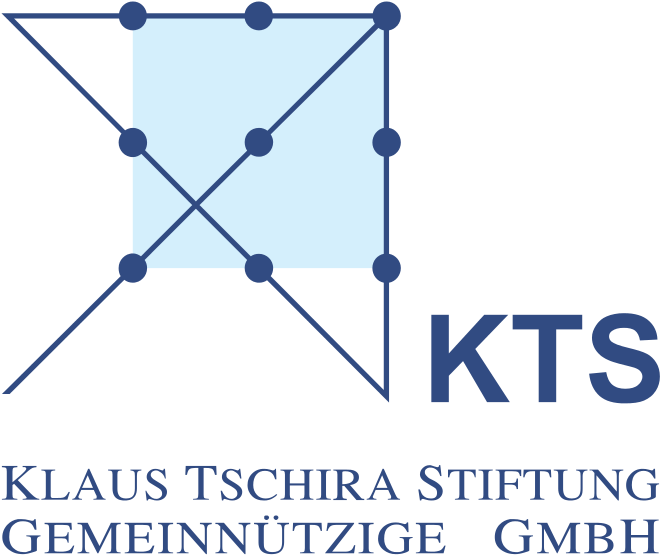
Sponsors from Industry
Eppendorf
...
GATC
...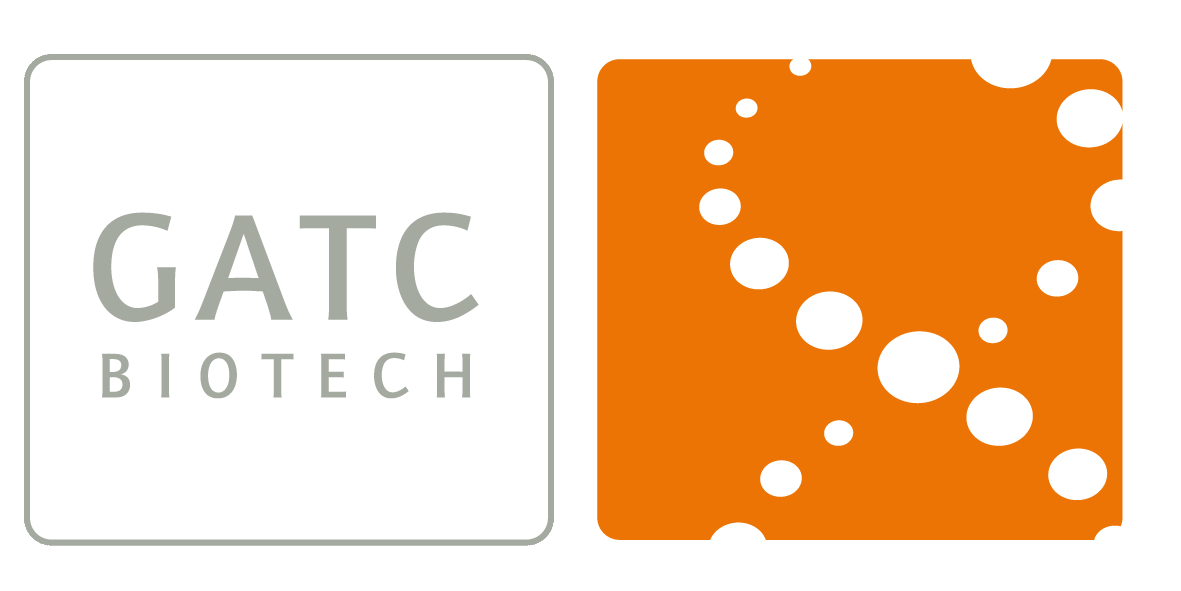
geneious
...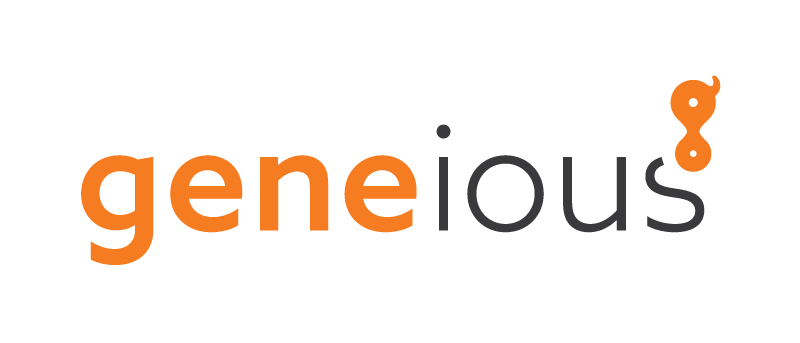
Academic Sponsors
Heidelberg University
Heidelberg University, founded in 1386, is Germany’s oldest university and one of the strongest research institutions in Europe. The successes in both rounds of the Excellence Initiative and in international rankings prove its leading role in the scientific community. Heidelberg University is a comprehensive university with the full spectrum of subjects including medicine. It aims to strengthen the individual disciplines, to further interdisciplinary cooperation and to make research results usable for society and industry. Heidelberg also draws its strength from its cooperation with local non-university research institutions and is tied into a worldwide network of research and teaching collaborations.Helmholtz Association
...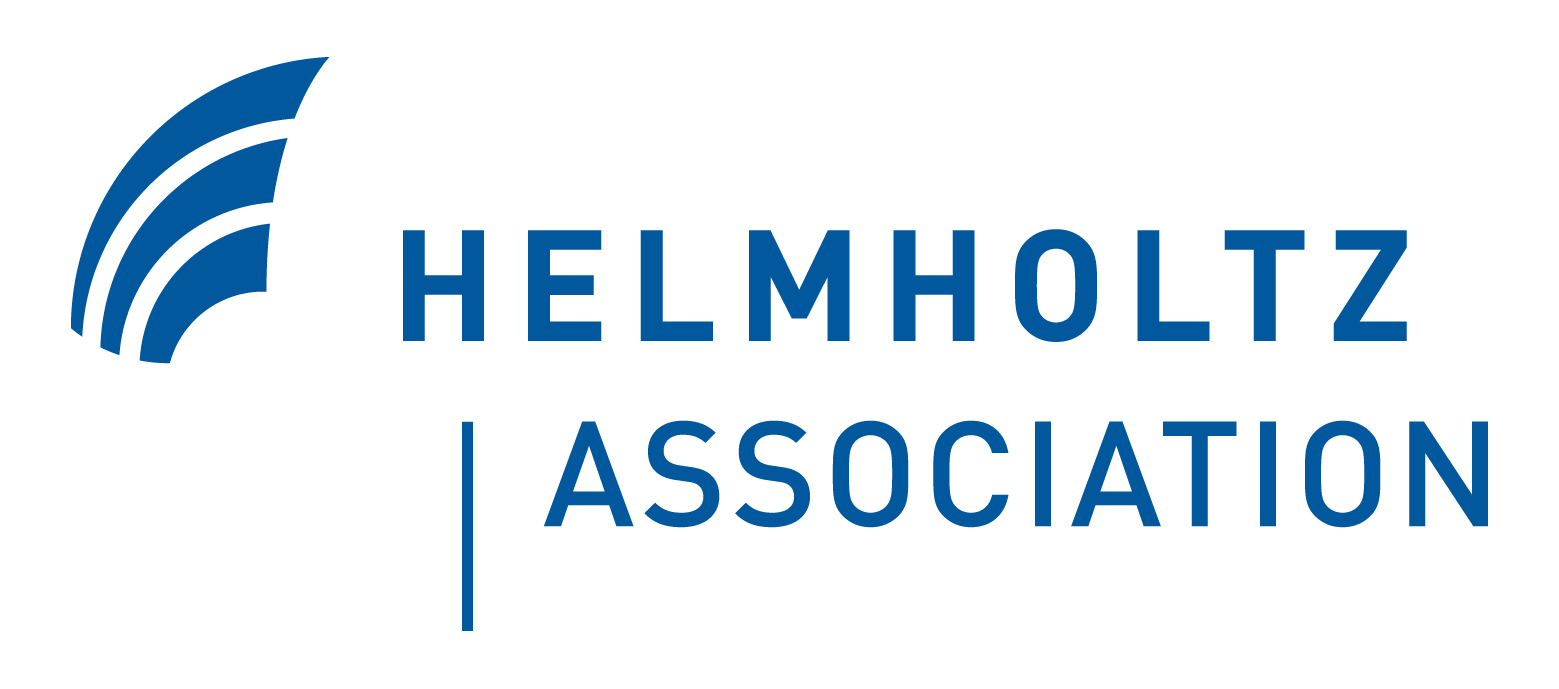
German Research Center (DKFZ)
The DKFZ (Deutsches Krebsforschungszentrum) is the largest biomedical research institute in Germany and a member of the Helmholtz Association of National Research Centers. In over 90 divisions and research groups, our more than 3,000 employees, of which more than 1,000 are scientists, are investigating the mechanisms of cancer, are identifying cancer risk factors and are trying to find strategies to prevent people from getting cancer .They are developing novel approaches to make tumor diagnosis more precise and treatment of cancer patients more successful.BioQuant
The BioQuant, the Center for “Quantitative Analysis of Molecular and Cellular Biosystems” at Heidelberg University was established in 2007 as an interdisciplinary University research center that is solely dedicated to research and training in systems biology. BioQuants’s objective is to function as a platform for the development and constant refinement of mathematical models of complex biological systems as well as the swift validation of scientific hypotheses via experimental data. Currently, up to 40 University and non-University research groups (DKFZ, EMBL, the Heidelberg Institute for Theoretical Studies (HITS, formerly the European Media Lab), and the MPI for Medical Research) are affiliated with BioQuant. These research groups are instrumental in implementing numerous national and international systems biology funding initiatives.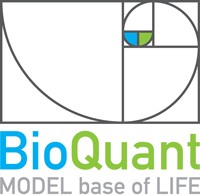
 "
"